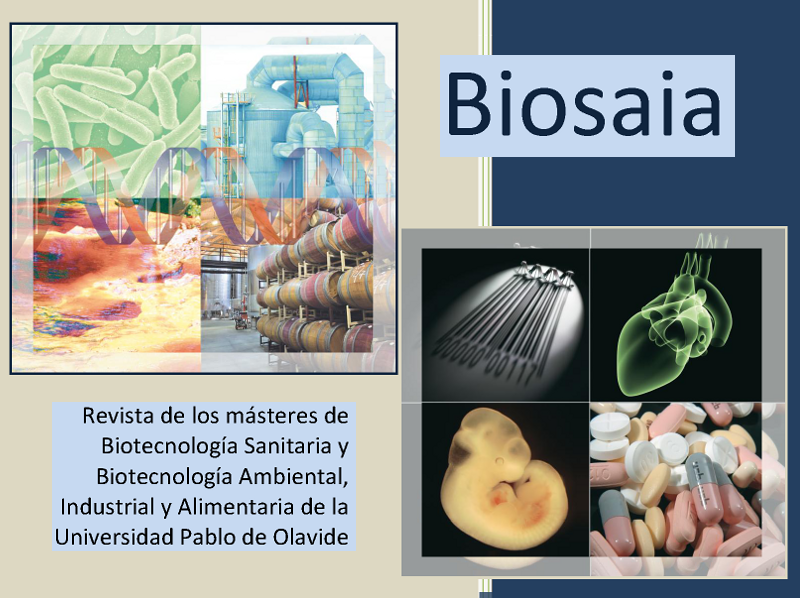Analysis of biological aging yeast in Andalusian wines with competitivity molecular markers.
Palabras clave:
flor yeast; sherry wines; flor; Saccharomyces cerevisiaeResumen
Biologically aged sherry and sherry-like wines (namely fino and manzanilla wines) age by an aerobic process which depends on the oxidative activity of flor strains of Saccharomyces cerevisiae. Upon depletion of fermentable carbon or nitrogen sources these yeasts aggregate, creating a floating biofilm on the wine surface which is known as flor or veil. Wineries that produce this type of wine are very interested in the preservation of a distinctive aroma and flavor of their own wines. Choosing the right flor yeast to colonize their casks could result in a better control of wine properties. Moreover, the veil needs to be formed as fast as possible each time wine is removed or added to the cask, to avoid wine oxidation. Because of that, the implantation of a desired yeast strain in the shortest period of time would be very convenient.
In our study we are analyzing the microbial population of flor yeasts present in 5 different wines from a winery at PDO Jerez-Xeres-Sherry. Our main goal will be to identify yeasts providing specific characteristics to the aging wine.
In addition, we want to study the best way of preadapting or conditioning these strains, so they can form the biofilm over the wine faster than using conventional methods, avoiding oxidation and creating a controlled microbial environment to get a wine with consistent, desired properties.
On this poster we present our results on the diversity found in wine flor biofilm from this winery using nuclear microsatellite markers and mitochondrial RFLP. We also present results on the influence of the preadapting culture pH and of inoculum size in the rate of biofilm formation.
Further experiments will be made to determine the best way to incorporate the yeast into the wine (such as lyophilized, dehydrated or compressed) and to make them more competitive





